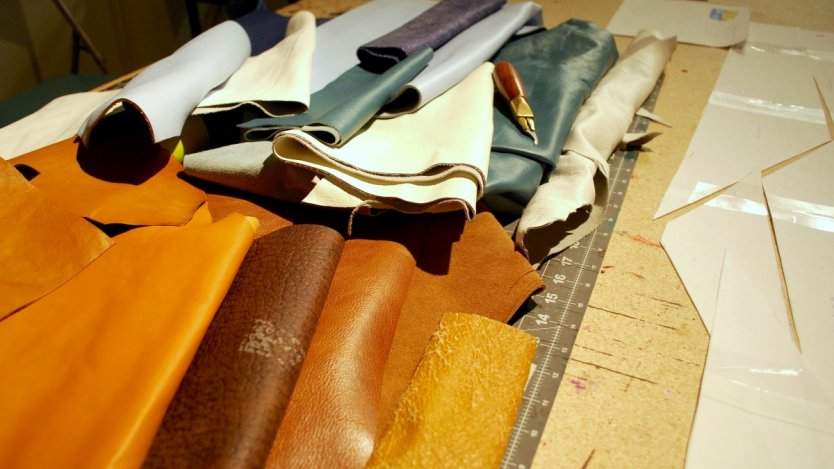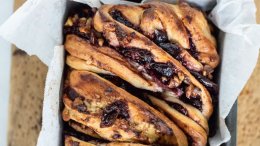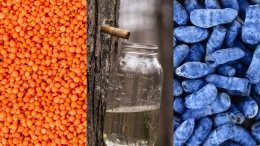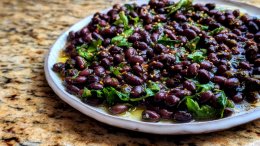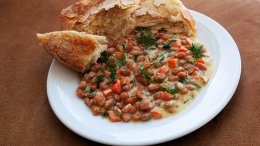Fashion, music and food often intermingle to stimulate the senses and express points of view. For Eat North’s Prairie Grid Dinner Series, the three unite under an exclusive mix of talents from the respective artistic worlds. For the series, Kat Marks, a local leader in fashion enterprise and design, is creating custom-designed table runners, which beautifully illustrate the aerial view of the prairie grids.
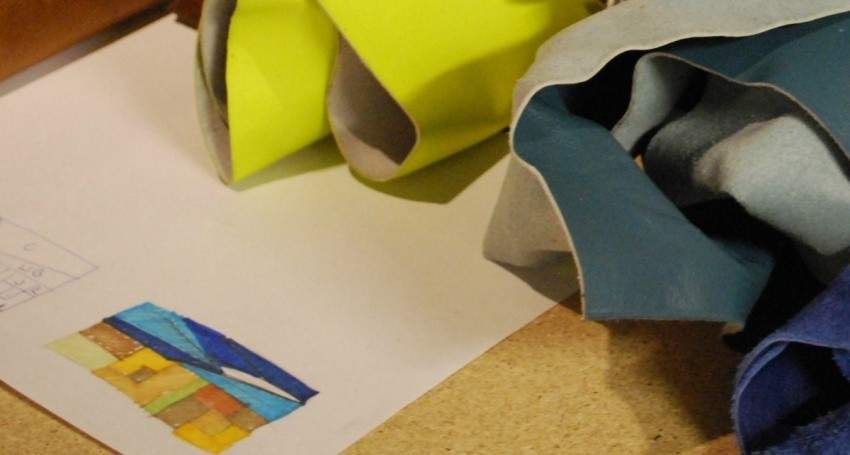
The Ryerson graduate got her start in Toronto as an independent designer, creating Avant-garde types of fashion design, fashion film and photography. Upon realizing the need for international experience and exposure, Marks packed her bags and headed to London, England to study for her masters at London College of Fashion, University of the Arts London.
The aspiring fashion designer eventually switched to the Fashion Artifact program, learning about product design and conceptual fashion. It is from there that the appreciation for leather work told hold, putting Marks’ transition into an acessories designer into motion. Upon graduation, Marks worked as an independent designer for hire, collaborating with magazines like W Magazine, and stylists, photographers, musicians and celebrities.
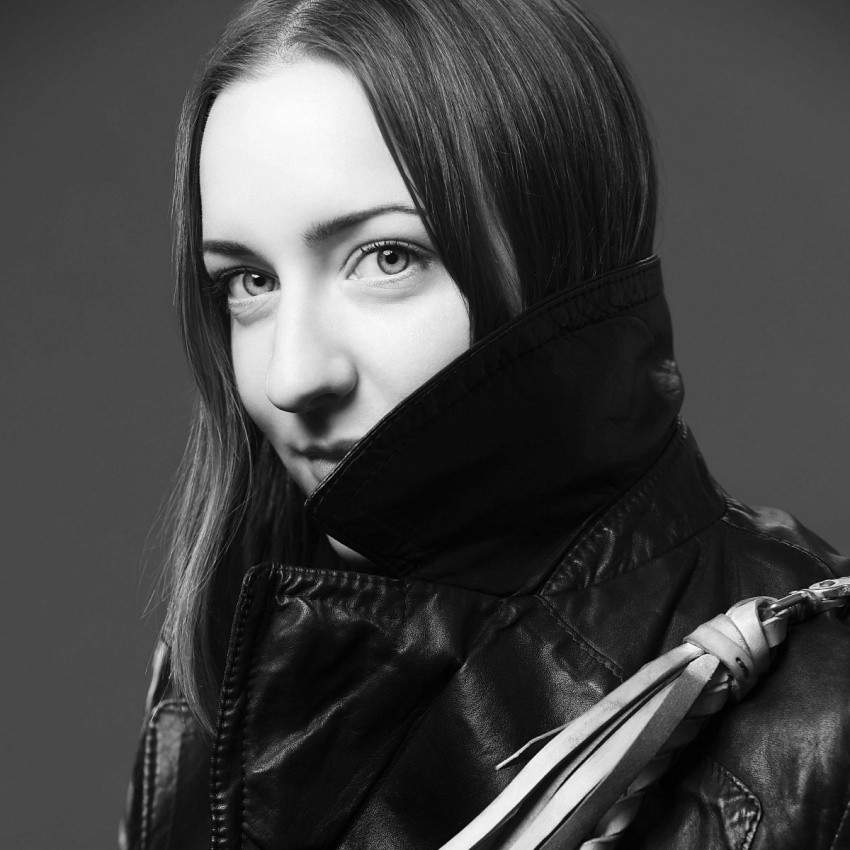
Since relocating back to Canada in 2013, and landing in Calgary this time, Marks created LEATHBAR, a conceptual leather atelier with consumer-focused leather goods that have an experiential side to them.
Working with all types of leather, Marks’ fashionable art creations are appreciated by many of her clients (including restaurants), not to mention they also serve a practical purpose. In her downtown Calgary-based studio, surrounded by various pieces of fabric, her tools and figurines with unfinished pieces of clothing, Kat opened up about her career and the approach to the design for the dinner series.
How did you approach the design for the Prairie Grid Dinner Series?
There are two aspects to it. One is to look at the prairies themselves from an aerial perspective. That was the initial inspiration–looking from above the prairies, down at the grid systems. It is about looking at both the colour and at the way in which the grids are formed. They are both geometric but also totally random, which I find really interesting. Also, there is material aspect to it. We are working with different types of chrome-tanned leather that fit the theme of prairie colours and the prairie’s sky. It’s quite geometric. We are using some quilting techniques in terms of how we are going to pattern cut the table runners. A part of the design represents prairie landscape; it is very geometric and square. The sky is more asymmetric and angular, so there is also a contrast in shape.
What is the difference between creating a design for a culinary event and creating a design for other shows?
What’s different about this project is that it doesn’t involve the human body. A lot of the work that I do within fashion has some relation to the body; I have to understand movement of the body, the shape and proportions. Additionally, the table runners don’t need to "function", as would a tool belt. What’s really special about this project is that it is purely aesthetic, which is really fun. We really get to create something beautiful that will be admired just for what it is; it does not have to serve a function.
Which piece is your favourite of design contributions to the dinner series, and why?
I am designing a table runner in a variety of different versions. They are all going to look different from each other. Each is going to be unique in terms of how the colours are blocked together–much like you would find from looking from the aerial view. There are no two patterns that look the same. It’s hard to say which one is my favourite. They are all going to be different, and each one is going to be unique to itself.

Where do you find your inspiration for designs?
Inspiration is intuitive. I have an instinctual response as part of the design process. For visual reference, I use libraries a lot. I try not to look at things online, because it can be really easy to get lost in the world of Google. So, I try to find inspiration in other places. It always starts with an initial reaction, thought and then maybe a sketch, and then I build upon that by looking at books.
As a designer, how do you support local businesses?
I source our leathers locally and we create all our leather goods in downtown Calgary. I also train local leather technicians who work with the craft to help me produce the products and to help me to work the events. We are facilitating a lot of industries, such as event industry, the restaurant industry, the tourism industry, barbers and so on.

